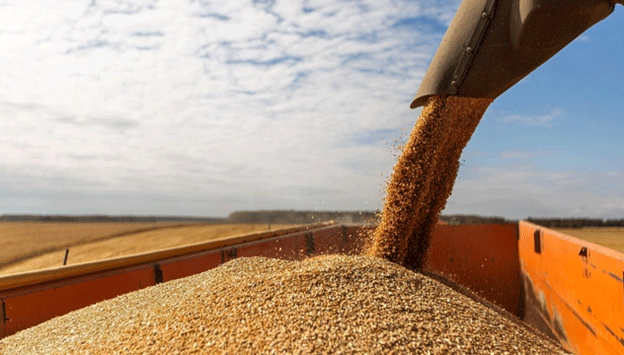While Russian officials boast about record grain harvests—52.4 million tonnes of wheat exported in 2023/24, and top-producing regions like Rostov Oblast collecting over 10 million tonnes of grain—a silent disaster is unfolding in the countryside. According to official statistics, over 35,000 family farms (peasant farms) have shut down across Russia in the past five years. The causes? Mounting financial pressure, unprofitable wheat prices, and federal policies favoring large agribusinesses over small and medium-scale farmers.
In Rostov Oblast, more than 400 farmers exited agriculture in 2024 alone. Many sold their equipment to cover debts or gave up entirely after years of operating at zero or negative margins. Even in the agriculturally rich South, farmers are downsizing operations or abandoning wheat production altogether. Long-time farmer Hugas Bagadzhiyan, one of the first to claim land rights in the early 1990s, left the field in 2024 after realizing that continuing would mean accumulating more debt, not profit.
One of the core issues is the export duty regime implemented by the Russian Ministry of Agriculture. In December 2024, wheat exporters faced duties of 4,871.5 rubles per tonne, significantly cutting into already thin profit margins. In some cases, this has amounted to losing up to 30% of gross revenue, making high-quality wheat essentially unprofitable. Meanwhile, domestic prices for wheat remain around 15,600–16,700 rubles per tonne, with production costs often approaching or exceeding these figures.
At the same time, input costs have surged. Sanctions imposed since 2022 have inflated prices for equipment and fuel. The Central Bank’s high key interest rate, raised to curb inflation, has made agricultural credit nearly inaccessible. The result? Farmers can’t afford new machinery, and Russia’s largest farm machinery manufacturer, Rostselmash, reported its lowest sales in a decade—just 3,906 combine harvesters sold in 2024.
Livestock farming isn’t faring any better. According to Rostovstat, by February 2025, the region had lost:
- 2.7% of its cattle stock (293,800 cows remaining),
- 4.4% of its pigs (314,000 pigs),
- 10.2% of sheep and goats (761,800 remaining).
Farmers like Alexey Zhdanov, who operate mixed farms with both crop and livestock operations, say they survive only by diverting grain to feed livestock instead of selling it at a loss. He warns that if current trends continue, Russia risks shortages in milk, beef, and even eggs. “This decline in animal husbandry hasn’t been seen since World War II,” Zhdanov claims.
Farmers and agricultural experts agree: the crisis is systemic. It stems from a lack of long-term policy support for small and medium farms, poorly structured market regulations, and an overreliance on export volumes as a success metric. As large agribusinesses consolidate land and resources, family farms are squeezed out, even in areas historically dominated by independent producers.
The Russian agricultural sector faces a paradox: record grain production coupled with mass farmer bankruptcies. The situation calls for urgent reforms that prioritize farm-level profitability, fair export policies, and access to affordable credit and modern equipment. Without these changes, the country risks not just losing tens of thousands of farmers—but also the diversity, resilience, and food security they provide.
Error




